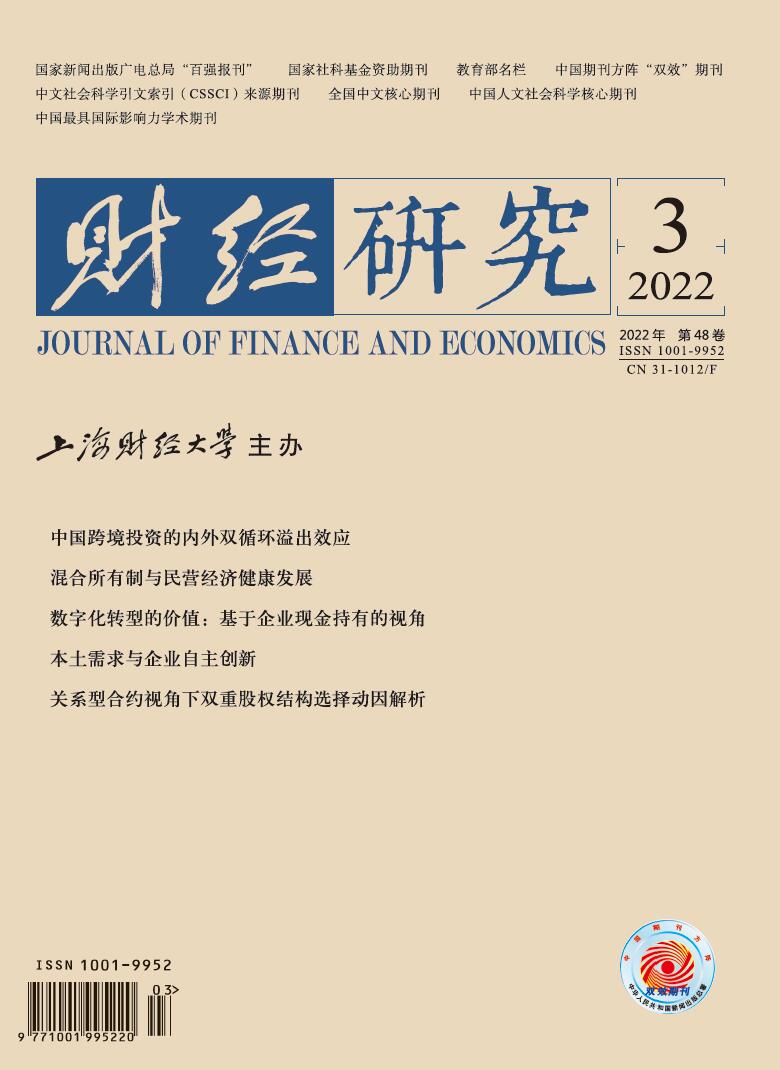Bailing out private enterprises is a strategic measure to improve weak links and stabilize economic growth. In order to ease private enterprises’ financing difficulties and control the risk of equity pledge explosion, bailout funds with Chinese characteristics that take into account both policy and market interests came into being. However, as China’s bailout funds are still in the early exploration stage, existing studies mostly stay at the level of theoretical analysis, focusing on the operation mechanism and status quo of bailout funds. Some empirical studies use event research method, traditional DID model or regression discontinuity model to analyze the short-term effect of bailout funds, paying no attention to the comprehensive value effect and specific working paths in a relatively long period on the theoretical and empirical level. In addition, both the implementation progress and the target selection criteria of bailout funds are different. Most studies ignore such differences, and have defects in model, sample size, time span and control group setting, leading to the research design being out of reality to some extent.
This paper tries to optimize the research model and solve the above problems. Based on the data of private listed companies from 2017 to 2019, we match reasonable control group for the enterprises supported by bailout funds through quarterly PSM, and then construct the multi-time DID model to explore the impact of bailout funds on enterprise value and the specific mechanism. The study finds that: Bailout funds can effectively improve private enterprise value, and the effect is greater in eastern, small-scale and high-equity pledged enterprises. Specifically, by reducing ownership concentration, bailout funds promote equity decentralization and balance, mitigate agency conflicts, and improve corporate governance, thus achieving a positive value effect. What’s more, there are also paths that weaken corporate social responsibility fulfillment and dampen investor sentiment, thus negatively affecting corporate value.
The marginal contributions of this paper are that: First, it expands the research perspective of bailout funds, and explores the impact on enterprise value innovatively. Second, it optimizes the research method and model design. By taking differences both in the selection criteria of bailout targets and in the acquisition time of bailout funds into consideration for the first time, this paper combines PSM with multi-time DID for empirical analysis. Third, it reveals the specific internal and external paths of the impact of bailout funds on enterprise value, provides empirical evidence for the sustained and healthy promotion of bailout funds, and gives a reference path for financial models that support the high-quality development of private enterprises.





 3609
3609  3411
3411

